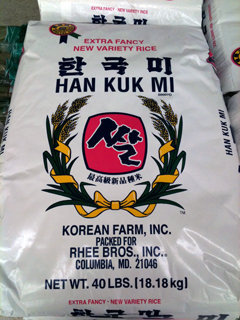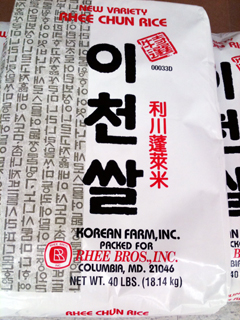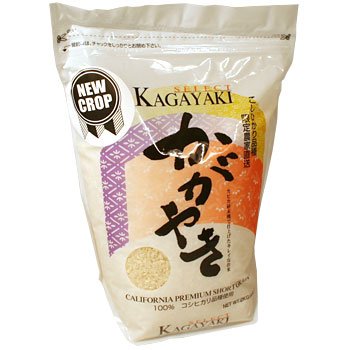I'd guess that there wouldn't be enough of the enzymes to convert a lot of starch to sugar.
I'm assuming they only use enough for that particular batch of fermented rice.
The yeast would multiply, but it can't ferment the starch unless it's converted to sugar.
I have never seen an Asian market that didn't sell yeast balls. They sometimes get hidden in the strangest places.
I have seen them in the candy section and behind the counter in some places.
Ask the people who stock the shelves.
Oh, I don't know. The balls themselves do not contain "enzymes" as such but rather enzyme-producing fungi beyond the yeast, from what I've heard. They, apparently, are made from the lees of other wine somehow. I'd assume it is -possible- that they get way more sciencey with this jarred stuff and don't culture the yeast along with the mold...but I'd be a little surprised.
I'd also be surprised if there weren't stores that just don't have it. For instance I'd expect any good Asian market to carry pixian douban. Well, they don't, and not all shop owners have even heard of it. If they aren't from China and/or don't know a thing about Sichuan cooking, they may not.
The wine cakes seem a little more universal, but I maintain a Japanese centered/run store may be least likely to carry them.
The store I bought that jar at must have either been out or not carried them, because I looked everywhere, I'm already familiar with the layout, and I both know what they look like and can read enough of the packaging to not have a problem with it. There were a few empty spots there, though, and we just had Mid Autumn Festival, so who knows. At any rate, while I'd find it surprising-ish if they couldn't be found somewhere in a town with more than one Asian Market if there were any Chinese or Vietnamese population there, I'd not be surprised if there weren't groceries that simply didn't carry them.
At any rate, while they're more expensive than the wine cakes, they're still cheap, and may be worth the experiment. I still think that it would work, because I have to assume they're using the same fermentation method that everybody else uses. of course "mold" isn't listed in the ingredients, but ingredients aren't always necessarily listed.












![Craft A Brew - Safale S-04 Dry Yeast - Fermentis - English Ale Dry Yeast - For English and American Ales and Hard Apple Ciders - Ingredients for Home Brewing - Beer Making Supplies - [1 Pack]](https://m.media-amazon.com/images/I/41fVGNh6JfL._SL500_.jpg)


















































